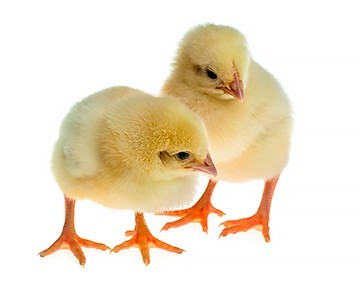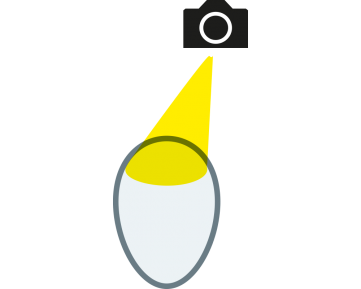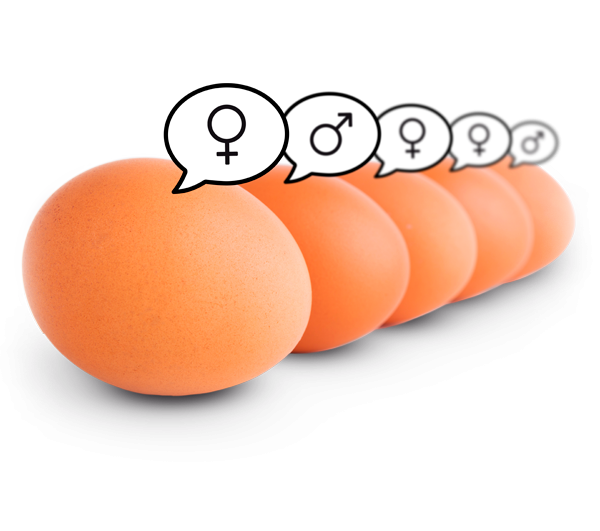
Challenge
The problem
Every year and all over the world millions of day-old male chicks, deemed the ‘brothers’ of laying hens, are culled because they can neither lay eggs nor do they have as much meat on them as broilers do. European countries were the first to decide on ending the practice of culling these day-old male chicks. This topic of discussion has arisen and is moving forward in other countries as well. For many years now, the EW GROUP and its subsidiaries have been involved in exploring multiple approaches that could help overcome this big challenge.
European animal welfare legislation does not regulate the handling of day-old male chicks, but some countries have already included a ban of chick cullingin their national animal welfare legislation or have voluntarily decided not to do so. AAT offers a legally compliant solution for every market.

Requirements
Ambitious goals
The possible methods for sex determination in the egg must meet numerous requirements*:
- Early: The sex of the embryo must be determined as early as possible, i.e. before the embryo develops its sensitivity to pain.
- Safe: The procedure must be able to determine the sex with a very high level of accuracy in order for very few female embryos to be sorted out and/or males are hatched.
- Fast: The determination of the sex in the machine must not only be reliable, but also done very quickly in order to meet the needs of hatcheries in everyday practice.
- No negative effects: The entire technical method should not have any negative effects on the development of the embryos and the hatching rate related to the same, nor to the productivity of the adult hen.
- Utilisation of the sorted eggs: The (male) eggs sorted out in the process should be usable, for example as feed or in the cosmetic industry.
- Cost-effective: The machine should be operated efficiently so that the additional costs of sex determination remain as low as possible.
- Acceptance: The process must be accepted by the general public and the consumer as a trend-setting approach that helps to solve the problem of culling day-old male chicks, thereby supporting animal welfare.
(* according to Kaleta und Redmann, 2008)

Our solutions
Sex determination in the egg
With the Cheggy and Cheggy Zoom, Agri Advanced Technologies offers two optical technologies for sex determination in the egg. Both variants use the hyperspectral measurement technology .Since 2019, this technology has proven itself in hatcheries at various locations with a very high level of accuracy and reliability. The methods are non-invasive, i.e. the shell and shell membrane remain intact. As a result, this technology is particularly embryo-friendly, animal-friendly and has a high level of biosecurity. As no consumables need to be used, the method is environmentally friendly, conserves resources and is the most cost-effective solution for brown laying hybrids.
